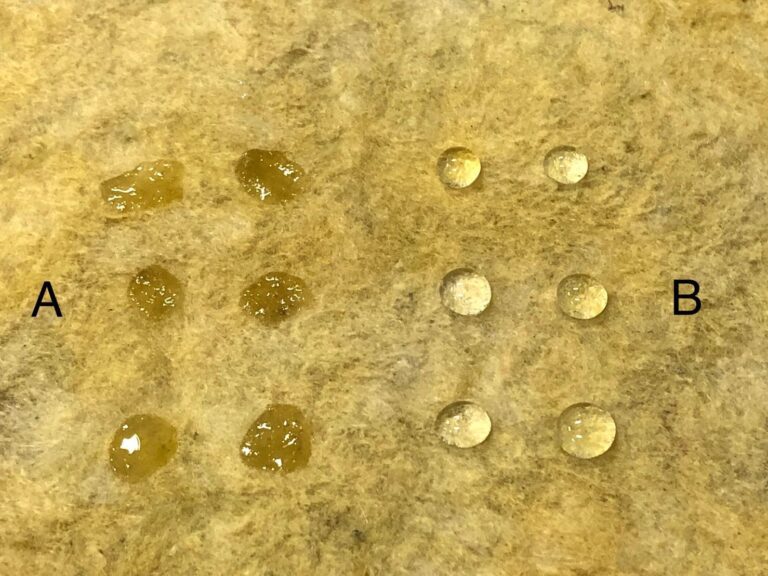Novel Methods Creating Innovative Solutions
Clients hire Built Environments because we have experts that know materials and how to test their limits. Led by Dr. Steve Doggett, our expert staff performs a wealth of testing on building products including fire, water, structural, adhesion, and much more. Our work helps clients identify deficiencies in their products, identify compatible accessories, and develop enhancements that truly innovate the market.
We specialize in providing fast, effective, and no-nonsense product testing services by using novel approaches to identify issues and offer recommendations. From sealant exposure testing to software simulations, we have the tools to identify deficiencies and benefits in building products.
At our core, is the belief that conventional product testing lacks rigor and predictive power.
Our Product Testing services include:
Novel Test Methods
We specialize in developing novel methods to test products. What this means is that we put our creativity and experience to work for clients to obtain science-based test results that help to identify product deficiencies, identify compatible accessories, and develop enhancements that make products better.
Moisture, Vapor, & Water Testing
A specialty area for us involves testing products for performance under various conditions of moisture, vapor, and water. These elements are critical for building products and the buildings they become a part of. Our novel test methods – such as the face column test – help product manufacturers identify deficiencies, make improvements, and still confidence in their products.
Fire Testing
Built Environments’ team is available to guide clients through the rigorous fire testing environment involving test agencies such as through the International Code Council’s NTA testing facilities (ICC NTA). Having performed hundreds of product fire tests, we help clients make the most of their fire testing as quickly and cost effectively as possible.
Adhesion Testing
Another specialty area for Built Environments involves adhesion testing. This service is of critical importance to building products that are, or involve, sealants, tapes, weather barriers, and more. Our new laboratory and testing facility has the equipment and knowledge to perform all the tests required to help product manufacturers refine their designs and test for deficiencies.
Strength & Durability Testing
Modern building designs and codes require many different methods to verify a structure’s or product’s strength and durability. Our expert staff assists product manufacturers in defining the necessary tests, performing them, and refining products along the development process to ensure they meet or exceed codes and standards requirements. Our new test wall enables us to perform flexural strength testing and much more to support product development.
Missile Impact Testing
Missile impact testing involves testing claddings, sheathings, and other substrates for durability in tornado and hurricane type conditions. Our new laboratory and testing facility includes a state-of-the-art test wall that allows us to simulate hurricane conditions by firing projectiles at building products. Stay tuned for more information as our test wall gets up and running.
Weatherability
Built Environments has a long track record of supporting clients in testing products for performance in hot, wet, humid, cold, and other weather conditions. We perform these tests using software programs such as WUFI for hygrothermal analysis, but also test products in the natural elements to determine how quickly wear and degradation can occur.
Acoustic
Our new test facility performs cutting-edge acoustic testing on building products to ensure they meet codes and standards requirements. This work helps to ensure that products support comfortable and environmentally friendly homes and buildings for consumers.
